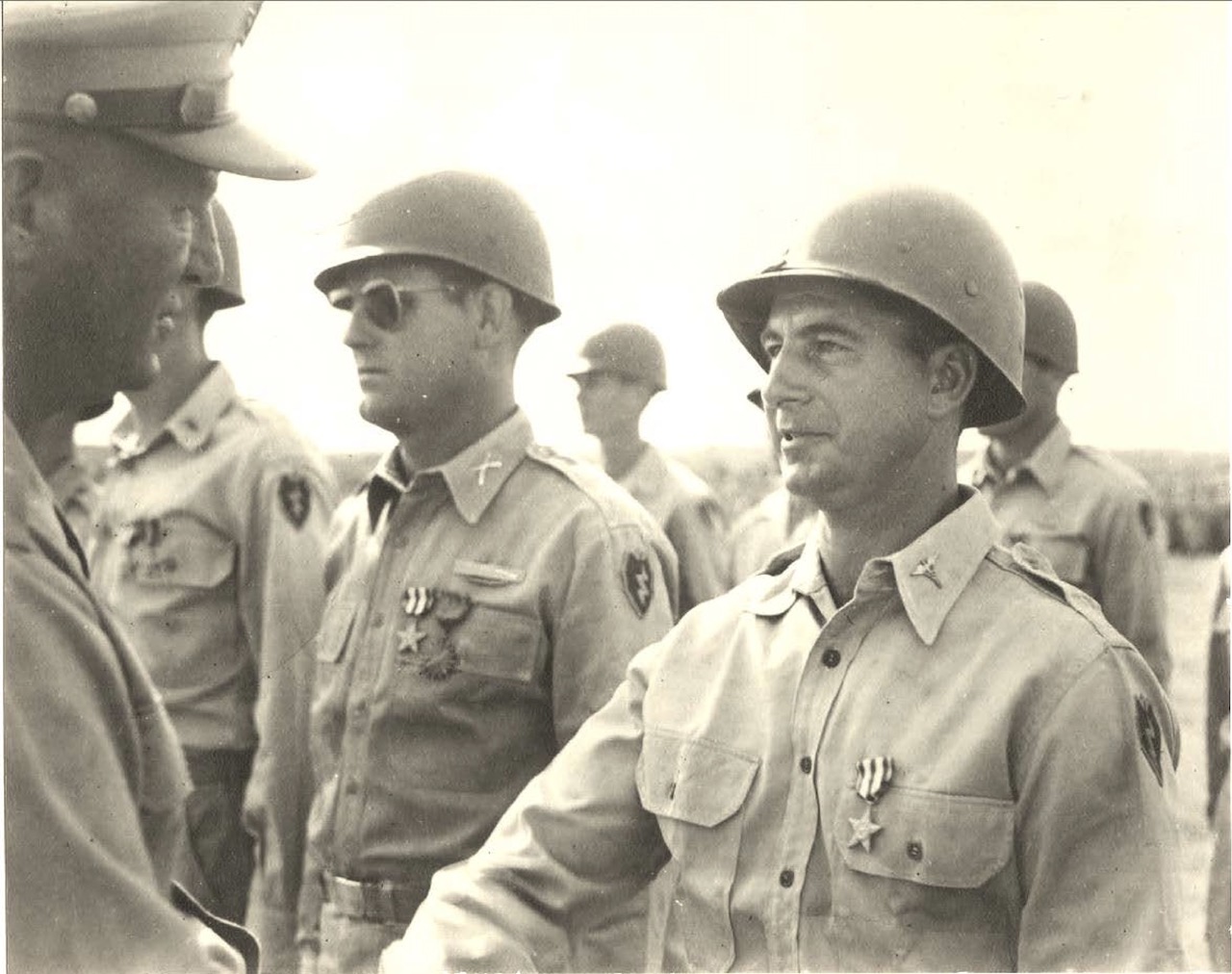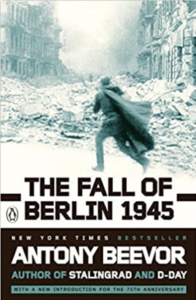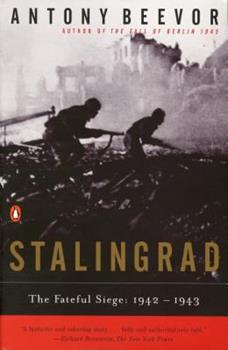 “Dodge was the U.S. Army’s main supplier of 1/2-ton trucks, and its sole supplier of both 3/4-ton trucks and 1-1/2-ton six-by-six trucks in World War II. With over a quarter million units built through August 1945, the G502 3/4-tons were the most common variants in the WC series. WC was not an abbreviation of “Weapons Carrier”, but a Dodge model code – initially W for 1941, and C for half-ton rating. However, the ‘WC’ model code was retained for both the 3/4-ton and 1-1/2-ton 6×6 Dodges – as well as for the subsequent model years”.
“Dodge was the U.S. Army’s main supplier of 1/2-ton trucks, and its sole supplier of both 3/4-ton trucks and 1-1/2-ton six-by-six trucks in World War II. With over a quarter million units built through August 1945, the G502 3/4-tons were the most common variants in the WC series. WC was not an abbreviation of “Weapons Carrier”, but a Dodge model code – initially W for 1941, and C for half-ton rating. However, the ‘WC’ model code was retained for both the 3/4-ton and 1-1/2-ton 6×6 Dodges – as well as for the subsequent model years”.
Paul and a friend trailered his vintage Bronco to Colorado for some off-roading. While there they spotted the truck above and Paul’s buddy couldn’t come home without it. Which meant Paul had to drive the Bronco 750 miles so the Dodge could have the trailer.




 I’ve only read a handful of history books (crime fiction is my passion) but they’ve all be great reads. A Distant Mirror: The Calamitous 14th Century; Battle Cry of Freedom: The Civ89l War Era; Nothing Like It In the World: The Men Who Built the Transcontinental Railroad 1863-1869; and Wires West: The Story of the Talking Wires. I’m currently reading STALINGRAD The Fateful Siege: 1942-1943 by
I’ve only read a handful of history books (crime fiction is my passion) but they’ve all be great reads. A Distant Mirror: The Calamitous 14th Century; Battle Cry of Freedom: The Civ89l War Era; Nothing Like It In the World: The Men Who Built the Transcontinental Railroad 1863-1869; and Wires West: The Story of the Talking Wires. I’m currently reading STALINGRAD The Fateful Siege: 1942-1943 by